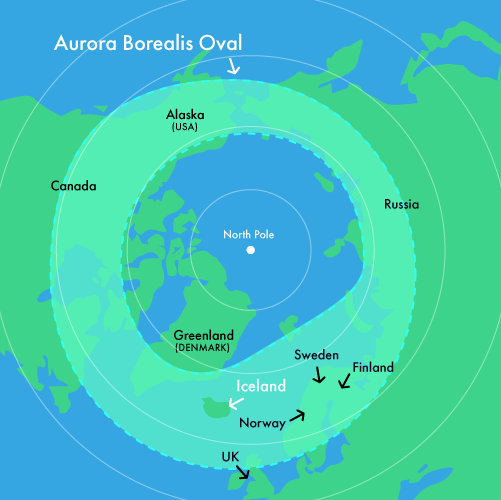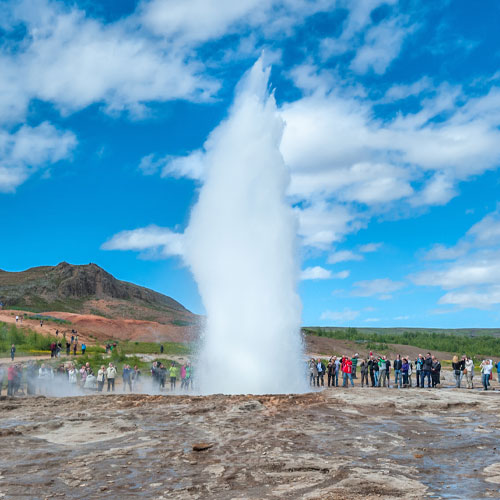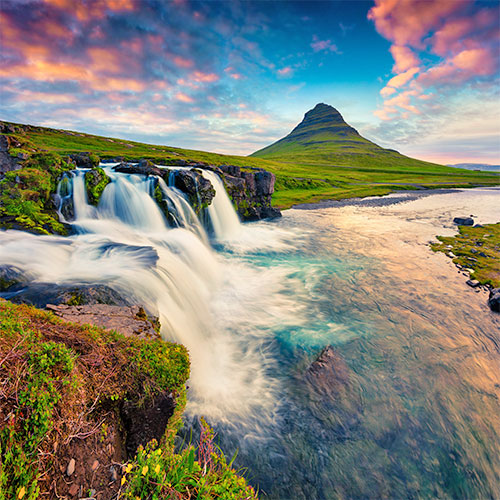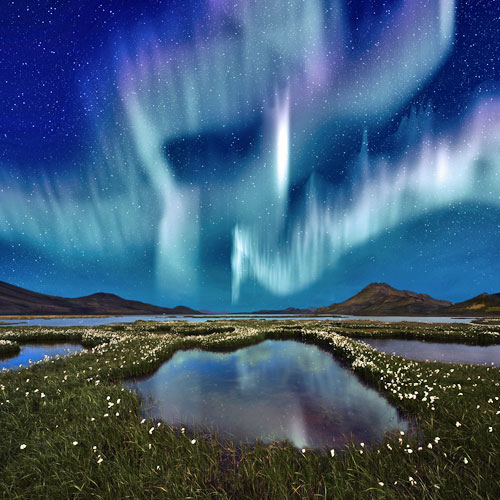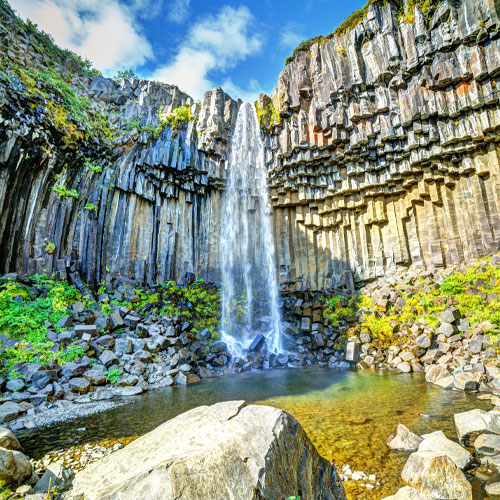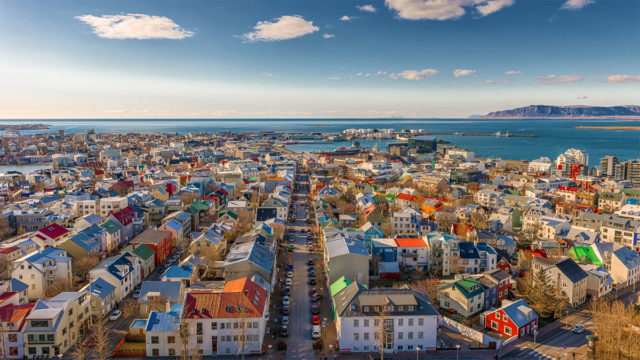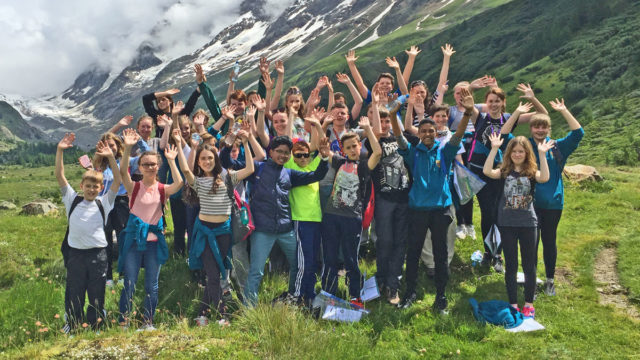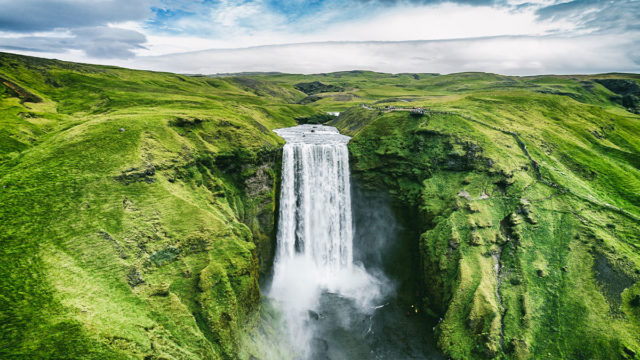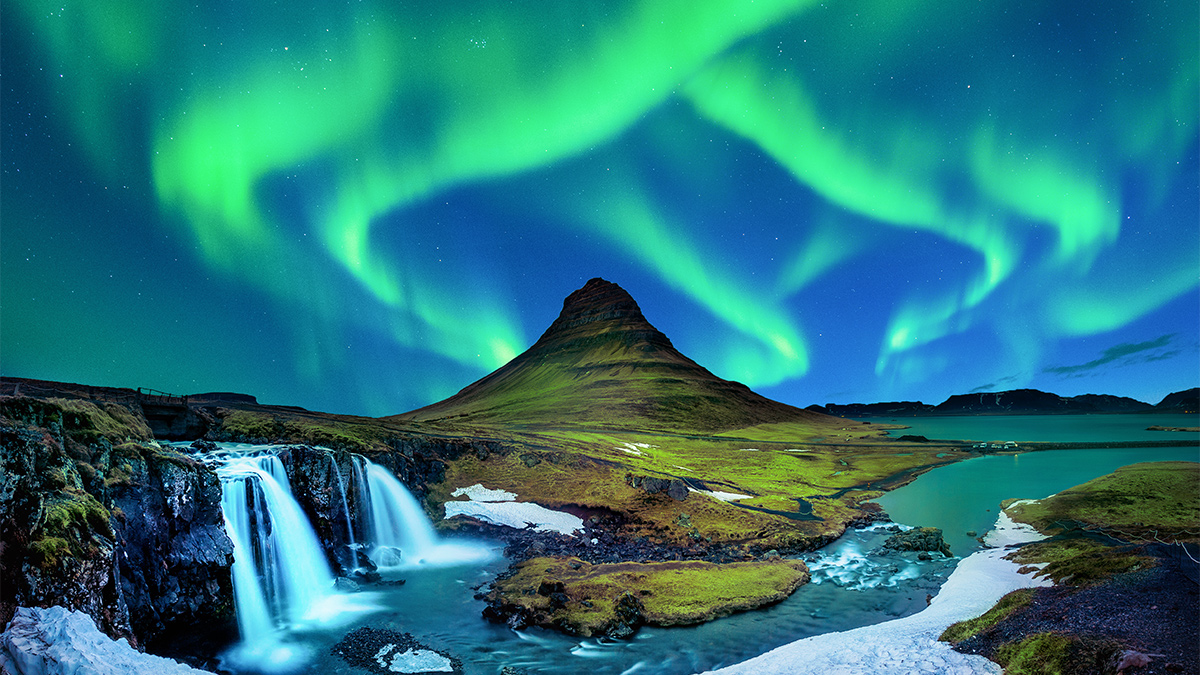
There’s no doubt about it, when on the hunt for the northern lights, Iceland is a top pick! In 2017, 2018 and 2019, over 2 million people were visiting Iceland every year, many of whom were hoping to catch the northern lights. With northern lights tours aplenty, and millions of fantastic pictures across the web and social media teasing the possibility of seeing this natural phenomenon, it’s easy to see why this fantastic country appeals.
What are the Northern Lights?
Otherwise known as Aurora Borealis, they occur around the North Pole. They appear high in the sky as dancing lights of assorted colours, including green, blue, and, if you see them in all their glory, red, purple, pink and orange.
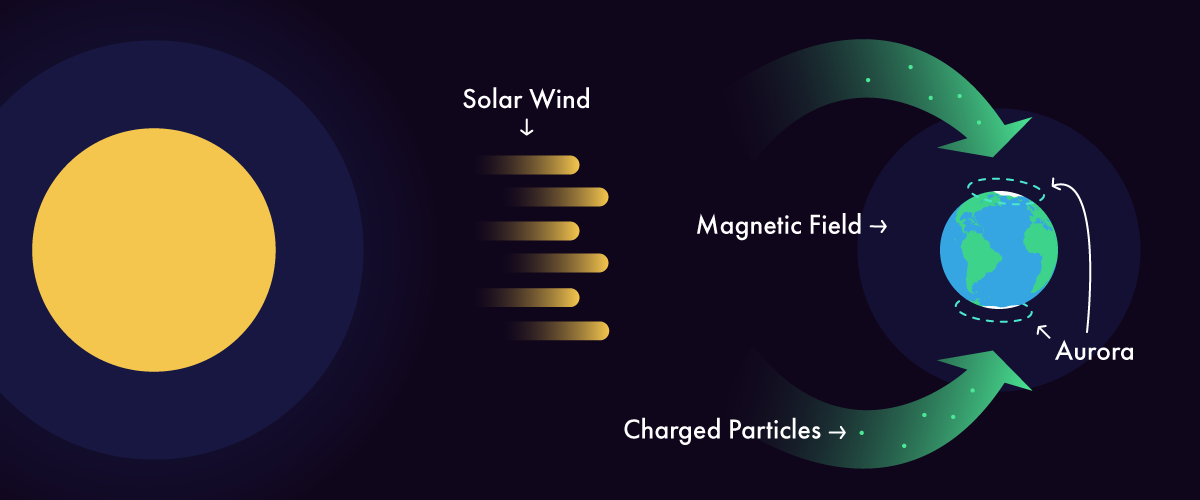
The Northern lights are created by highly energized particles that are released from the Sun, known as solar wind.
